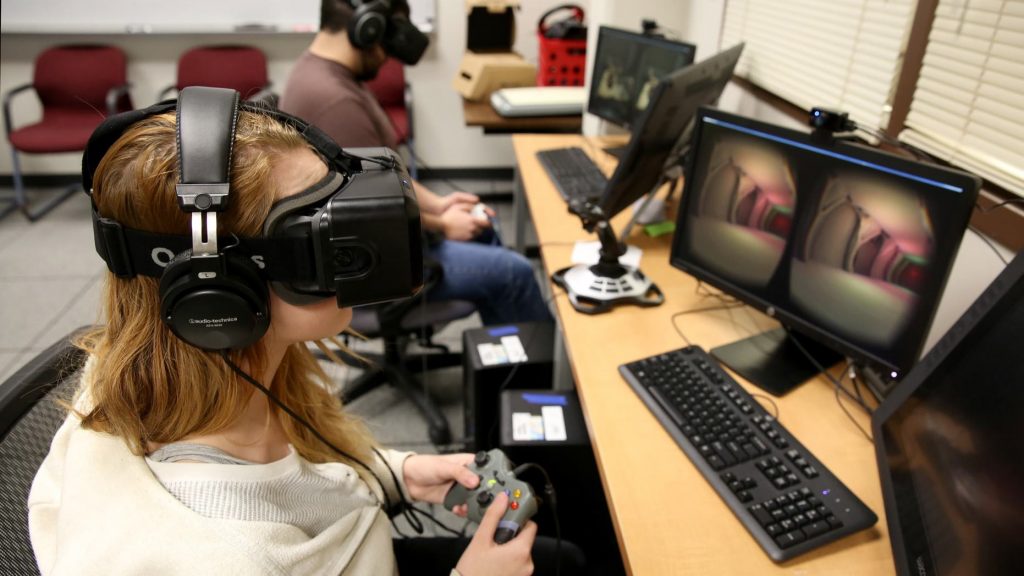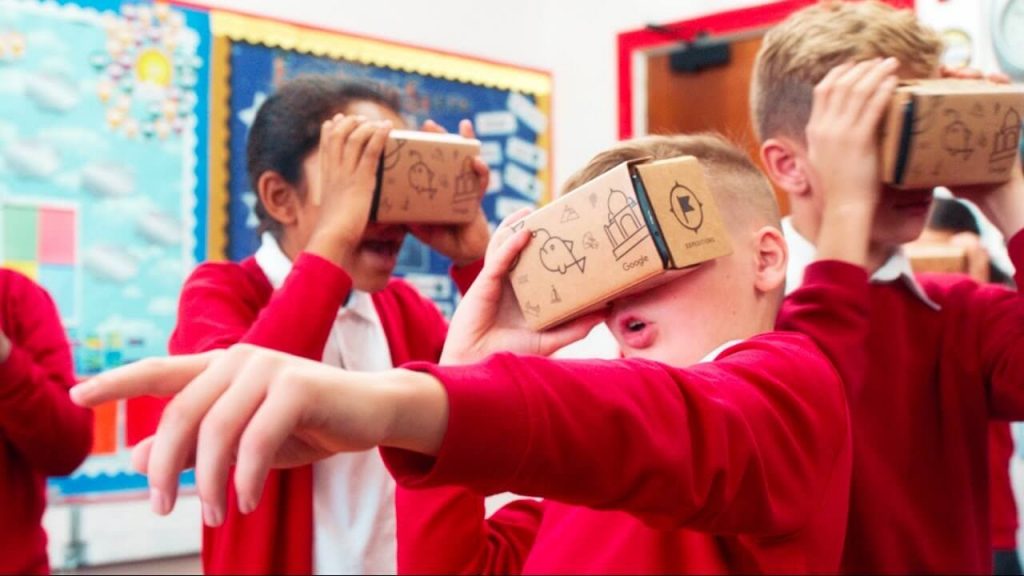Training is the systematic process of enhancing the job-related skills, attitude, and knowledge of personnel. Training enables employees to develop and rise within the organization, increase their market value. Basically, the top management is responsible for the training of employees in the organization. There are a number of different types of training we can use to engage an employee. These types are usually used in all steps in a training process (orientation, in-house, mentorship, and external training). The training utilized depends on the amount of resources available for training. It also depends on the type of company, and the priority the company places on training.
What different types of training will you come across?
Skills training
Skills training includes the proficiencies needed to actually perform the job. For example, an administrative assistant might be trained in how to answer the phone. A salesperson at Best Buy might be trained in the assessment of customer needs. They would also be trained on how to offer the customer information to make a buying decision. Think of skills training as the things you actually need to know to perform your job.
Technical skills development
Technical skills training is a basic component of employee education. It is a primary way for you to develop the skills you need in your role. Employees who are already competent in their jobs can undergo further training to gain new skills and stay current with the latest technologies and processes. In a retail environment, technical training might include teaching someone how to use the computer system to ring up customers. In a sales position, it might include showing someone how to use the customer relationship management (CRM) system to find new prospects.
Quality training
In a production-focused business, quality training is extremely important. Quality training refers to familiarizing employees with the means of preventing, detecting, and eliminating non-quality items, usually in an organization that produces a product. In a world where quality can set your business apart from competitors, this type of training provides employees with the knowledge to recognize products that are not up to quality standards and teaches them what to do in this scenario.
Soft skills development
Your employer will want you to behave professionally and function well as part of a team. Soft skills refer to personality traits that enable you to communicate and work cooperatively with co-workers and customers. These skills are useful for both new and old employees, and they play a vital role in building a respectful, collaborative, and efficient culture within a company.
Safety training
Safety training protects you from work-related injuries. It is especially important for companies that use toxic chemicals or other hazardous materials. This type of training also includes fire drills, evacuation plans, and workplace violence procedures. The Occupational Safety and Health Administration, or OSHA, is the main federal agency charged with enforcement of safety and health regulation in the United States. OSHA provides external training to companies on OSHA standards. Sometimes in-house training will also cover safety training.
Team training
The purpose of team training is to enable the members of a team to build stronger relationships with one another and work together cohesively. It empowers you to improve your decision-making, problem-solving and team-development processes to achieve better results for your organization. We can define team training as a process that empowers teams to improve decision making, problem-solving, and team-development skills to achieve business results. Often this type of training can occur after an organization has been restructured and new people are working together or perhaps after a merger or acquisition.
Managerial training
After someone has spent time with an organization, they might be identified as a candidate for promotion. When this occurs, managerial training would occur. Topics might include those from our soft skills section, such as how to motivate and delegate, while others may be technical in nature.

Using technology with different types of training in your organization
Ever-evolving technology solutions offer exciting new opportunities in different areas of training. One of these new technologies is virtual reality. VR provides employees with a virtual world where they can learn, train, explore, and make mistakes without any real-world consequences, and without any other costs. Not to mention, VR is highly-engaging and immersive. This automatically increases the absorption and retention rates of all that they experience and learn. Experiential learning, after all, has been proven to be the most effective way to learn, as it is how our brains absorb and retain information. It’s actually not that difficult to implement. Try out Viar360 to see how easy it is.





